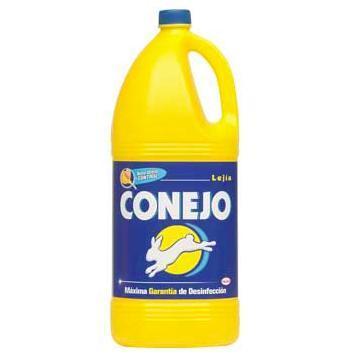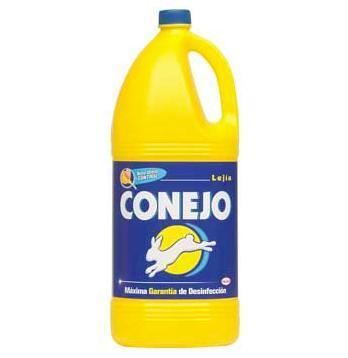What is Bleach and how is it made


Bleach is a liquid chemically made to disinfect the bathroom, floor and other surfaces. It can also be used to wash clothes. These are things most people know, however many ignore the fact that bleach is also present in our bodies. Next in OneHowTo.com we explain a great deal about bleach: its chemical composition, the different names it takes, the characteristics of bleach and what precautions to take when it comes into contact with eyes or sensitive areas.
Chemical composition of bleach
Sodium hypochlorite or sodium hypochlorite are the chemical compounds know as bleach. They have the formula NaClO. Bleach contains chlorine in a state of oxidation +I, it is therefore a strong and economic oxidant. In aqueous solution it is only stable with a basic pH level. When mixed with acid the chloride releases elemental chlorine. That is why bleach should be stored away from any acid. SummarySodium hypochlorite (together with sodium chloride (salt)) is obtained easily by dissolving chlorine in a dissolution of aqueous soda in a disproportionation reaction:2 NaOH + Cl2 -> NaClO +NaCl+ H2O.
Ways to name bleach
Bleach can also been known as liquid bleach.
Properties of bleach
The properties of bleach are known for everyone. It is a common product used for cleaning and whitening. Because of its properties it destroys many colorants, hence it being used as a whitener. In addition, it is also used for its disinfectant properties.
Origin of bleach
Bleach is a chemical compound called sodium hypochlorite, dissolved water. It was developed by a Frenchman called Berthollet in 1787 to whiten fabrics. Then, in the late 19th century, Luis Pasteur proved its incomparable power of disinfection, expanding its use to that of protecting health by protecting against germs and bacteria.
Properties of bleach
Bleach is a corrosive product that should be treated with care as it is harmful to health and therefore must be stored out of reach of children and should always be handled carefully using gloves.
Its corrosive action can damage stainless steel if used in high concentrations for a prolonged time. It also damages clothes if frequent used as a whitener, over time turning white to a grey colour. Bleach is not suitable for washing nylon, silk or wool because it destroys them. For this reason you should use commercial products which have appropriate concentrations for each use and which are not so dangerous to manipulate.
If you want to whiten a piece of cotton clothing to achieve a special effect you can apply bleach, but as soon as you have achieved the desired effect you have to neutralize the chemical reaction of the bleach on the fabric. You can do this by submerging the item in a mix of water and vinegar (200ml of vinegar in 1 litre of water) and then washing with water and neutral soap (3 to 5 gr of pure soap flakes in 1 litre of water).
However, despite the power of bleach, its corrosive action disappears as it acts and end up decomposing in salt and water. Bleach poured down the drain will continue its cleaning action until it looses all its corrosive and antiseptic power. For this reason it does not affect the environment.
How to act in a bleach intoxication
In general, to counteract the action of bleach, use only cold water. In cases of accidental ingestion vomit should not be induced; use large quantities of cold water, milk, ice-creams or antacids to neutralise it and call a doctor to get medical assistance. If the bleach comes into contact with skin or eyes it must be cleaned or washed with abundant water for at least 15 minutes. Some combinations of bleach with whitening agents or certain household cleaning products in powders form and ammonia can release the chlorine which can cause asphyxiation.
If you want to read similar articles to What is Bleach and how is it made, we recommend you visit our Home cleaning category.





